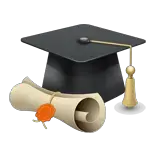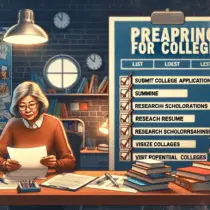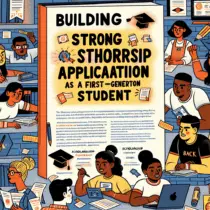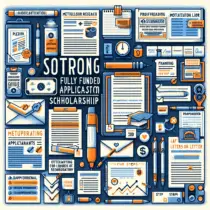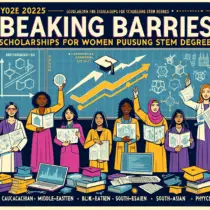Preparing for College: A Checklist for High School Seniors
As high school seniors prepare to transition into college life, the process can seem both exciting and daunting. There’s much to consider, from academics to social life, and everything in between. Preparation is key to making a smooth transition. This article provides a comprehensive checklist for high school seniors to follow as they prepare for this significant milestone.
Academic Preparation
- Complete College Applications
- High school seniors should start by finalizing their college applications. This includes gathering all necessary documents, such as transcripts and letters of recommendation.
- It’s crucial to pay attention to application deadlines. Missing a deadline can mean missing out on the opportunity altogether.
- Writing personal statements or essays should be given ample time and thought. Drafts should be revised multiple times for clarity and impact.
- Take Standardized Tests
- Many colleges require standardized tests like the SAT or ACT scores as part of their admissions process.
- Seniors should ensure they have registered for these tests well in advance and have time set aside for preparation.
- Consider taking these tests more than once if needed to achieve the best possible score.
- Maintain Strong Grades
- Colleges will look at senior-year grades when making admission decisions, so it’s important not to slack off academically.
- Focus on maintaining or improving grades in all classes.
- Seek help from teachers or tutors if struggling with any subjects.
Financial Planning
- Research Scholarships
- Scholarships can significantly reduce the financial burden of college tuition.
- Students should research available scholarships early and apply to as many as possible.
- Pay attention to eligibility criteria and deadlines for each scholarship application.
- Complete the FAFSA
- The Free Application for Federal Student Aid (FAFSA) is a critical step in securing financial aid.
- Ensure that all necessary information is gathered before starting the application process, such as tax records and income details.
- Submit the FAFSA as soon as possible after October 1st of your senior year.
- Understand Tuition Costs
- Each college has different tuition rates, so it’s important to understand what each prospective school will cost over four years.
- Factor in additional costs like books, supplies, room and board, and personal expenses.
Campus Visits
- Schedule Visits
- Visiting campuses helps students get a feel of what life would be like at each potential college.
- Arrange visits during weekdays when regular classes are in session for a realistic experience of campus life.
- Ask Questions
During campus tours, engage with current students and faculty members:- Inquire about class sizes,
- Ask about housing options,
- Elicit information on extracurricular activities,
- Discuss academic support services offered by the institution.
- Attend College Fairs
College fairs provide an excellent opportunity:- Meet representatives from multiple universities,
- Gather brochures,
- Attend informational sessions on various programs offered by different institutions.
Personal Preparation
- Develop Time Management Skills
– Time management becomes even more critical in college where students are required:- To balance academics with social activities,
- Develop effective time management strategies now by using planners or apps designed for this purpose.
11.Explore Extracurricular Activities
12.Most colleges offer various clubs & organizations catering:
To diverse interests ranging from sports & arts
To volunteer groups & academic societies
Start exploring which extracurricular activities align with personal interests before heading off-to-college!
13.Build Healthy Habits
College-life often brings increased independence requiring self-discipline:
– Start building healthy habits now such-as establishing regular sleep patterns
– Incorporating exercise into daily routines
– Maintaining balanced diet habits
14.Handle Important Documents
Students need certain key-documents properly organized prior-to-leaving home-for-college including:
– Social security card
– Birth certificate
– Driver’s license/state ID card
15.Learn Basic Life Skills
Before leaving-home-for-college seniors-should become proficient-in-basic-life-skills-such-as-doing-laundry,cooking-simple-meals,budgeting-money-&managing-personal-finances

